As the winter chill gradually gives way to the promise of spring, the natural world awakens with renewed vitality. Among the many wonders of this seasonal transition is the return of migratory birds, including the charming and melodious wrens. These small but spirited songbirds are looking for safe places to build their nests and raise their young. By constructing a proper nesting box for wrens, you not only provide these delightful creatures with a secure home but also invite their cheerful presence and natural pest control services into your garden. This spring, discovering how to build and maintain the perfect wren habitat can transform your outdoor space while contributing to local biodiversity conservation.
Understanding Wren Behavior and Nesting Preferences
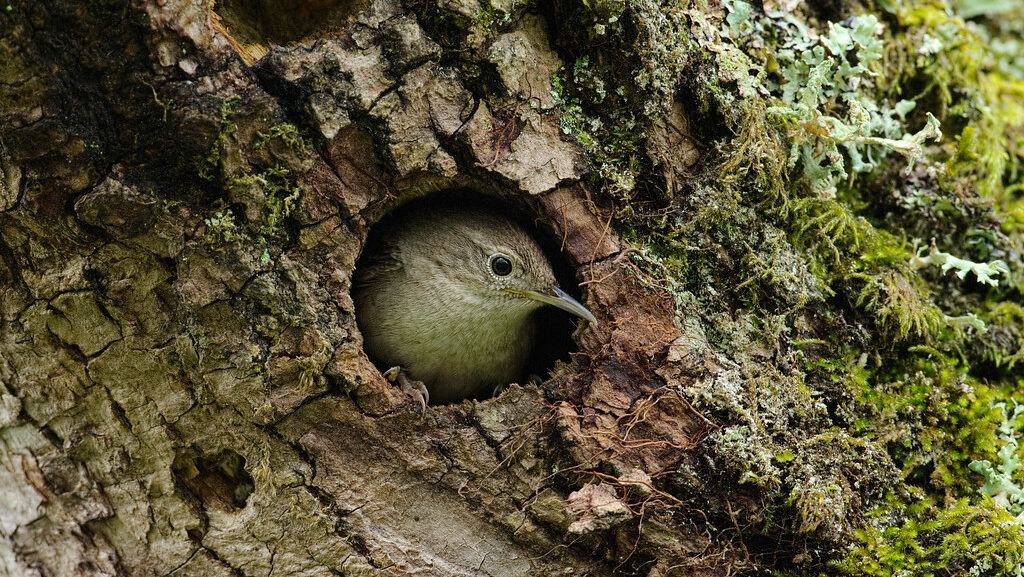
Wrens are territorial songbirds known for their distinctive, bubbling melodies and energetic personalities despite their small size. House wrens, Carolina wrens, and Bewick’s wrens are among the most common species that readily adapt to human-made nesting boxes in North America. These birds typically seek cavities that provide protection from predators and harsh weather conditions, naturally gravitating toward tree hollows, abandoned woodpecker holes, or crevices in buildings. Understanding their natural preferences is crucial when designing an effective nesting box that will attract these beneficial birds to your yard. Wrens prefer nesting sites that are positioned between 5-10 feet off the ground, with nearby shrubs or trees providing perching spots while maintaining a clear flight path to the entrance hole.
The Environmental Benefits of Attracting Wrens
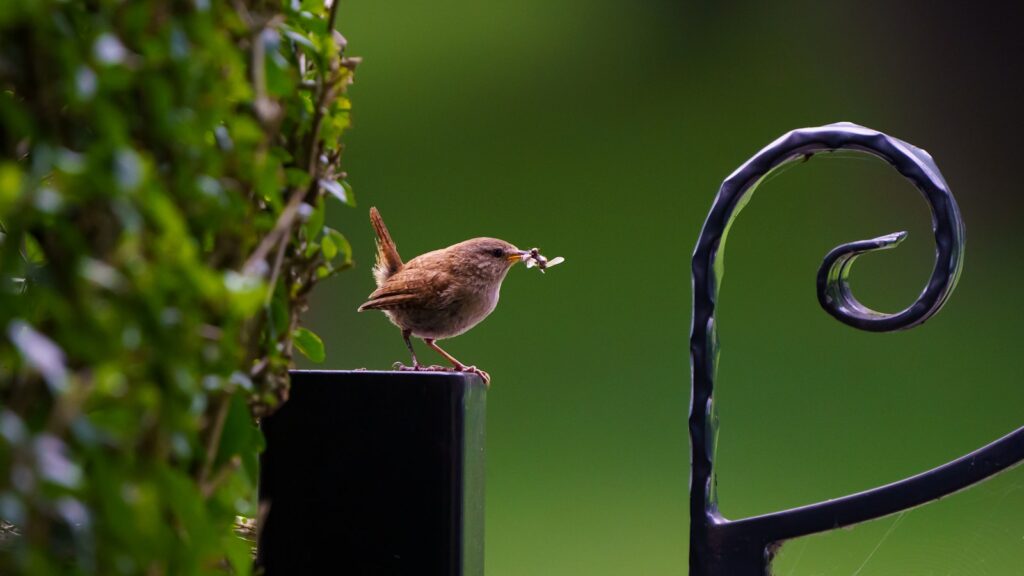
Inviting wrens to nest in your yard offers substantial ecological advantages beyond the pleasure of their musical presence. These insectivorous birds are voracious consumers of garden pests, with a single wren family capable of capturing hundreds of insects daily to feed their young. Their diet includes problematic garden pests such as caterpillars, beetles, grasshoppers, and various larvae that might otherwise damage your plants. By establishing wren nesting boxes, you’re implementing a natural and chemical-free pest management system that works tirelessly throughout the breeding season. Additionally, wrens contribute to local biodiversity by filling an important niche in the ecosystem, helping to maintain the balance of insect populations in your garden habitat.
Essential Materials for Building a Wren Nesting Box
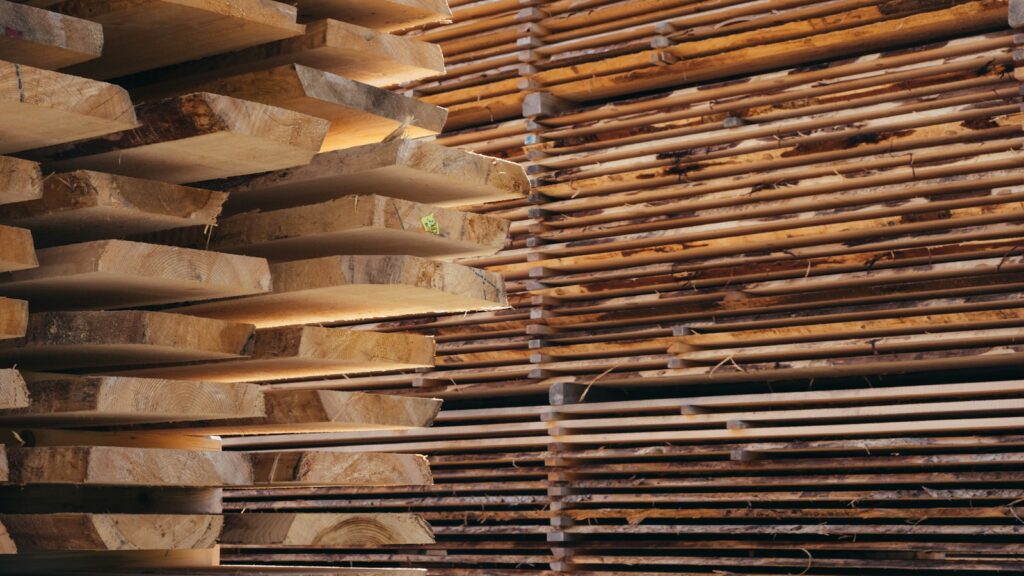
Selecting appropriate materials for your wren nesting box significantly impacts its durability and effectiveness. Untreated cedar or pine boards of 3/4-inch thickness provide the ideal foundation, offering natural insulation properties and resistance to decay without introducing harmful chemicals. Avoid pressure-treated lumber or woods treated with preservatives that could potentially harm the birds. Galvanized or stainless-steel screws are preferable to nails as they resist rusting and provide better structural integrity through seasonal weather changes. Additional materials include a waterproof sealant for the roof (avoiding the interior surfaces), proper ventilation holes, drainage openings, and potentially a predator guard to mount on the supporting pole. Quality materials might represent a slightly higher initial investment but will yield a nesting box that remains safe and functional for many breeding seasons.
Optimal Design Specifications for Wren Houses
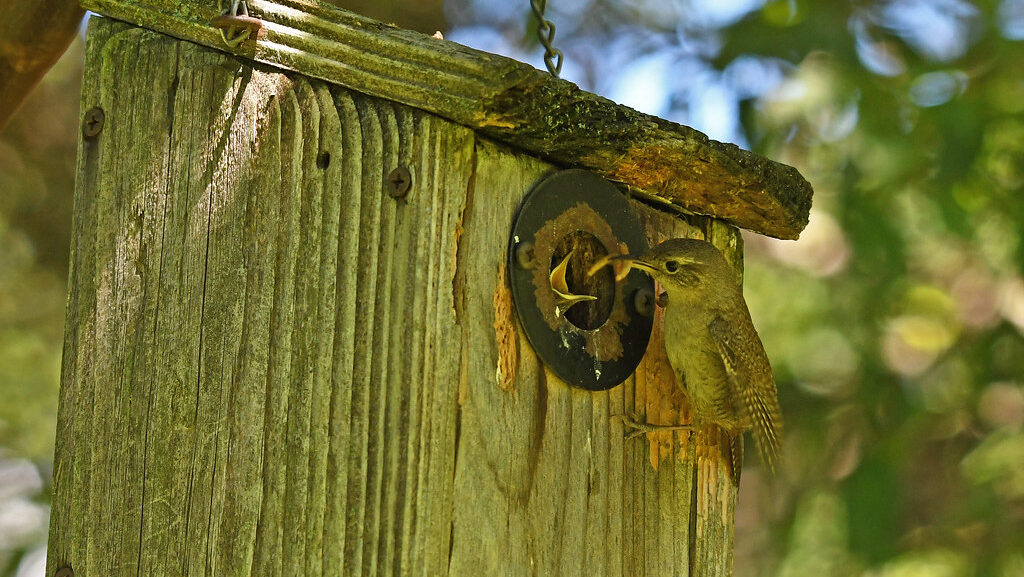
The specific dimensions of a wren nesting box directly influence its attractiveness and functionality for these small birds. The ideal internal floor space measures approximately 4 inches by 4 inches, providing sufficient room without being excessively large, which could attract competing bird species. The entrance hole should be precisely 1 1/8 inches in diameter—large enough for wrens to enter comfortably while excluding larger birds that might compete for the space or prey on eggs and nestlings. The entrance hole should be positioned about 6-8 inches above the floor of the box, preventing predators from reaching in and giving nestlings protection as they develop. Including a sloped roof with a minimum 2-inch overhang helps shed rainwater and provides additional protection from the elements, while small ventilation gaps near the top and drainage holes in the floor enhance internal climate control.
Step-by-Step Construction Guide

Building a wren nesting box begins with cutting your wooden boards according to the optimal dimensions: one 4″x4″ floor piece, two 4″x8″ side pieces, two 4″x8″ front and back pieces (with the front requiring an entrance hole), and one 6″x8″ roof piece for adequate overhang. After cutting the wood, drill the 1 1/8″ entrance hole approximately 6″ from the bottom of the front piece, and add small ventilation holes near the top of the sides and drainage holes in the floor. Assemble the box by first attaching the sides to the floor, then securing the back and front panels, ensuring all joints fit snugly to prevent drafts and keep predators out. Finally, attach the roof using hinges if you want easy access for annual cleaning, or secure it permanently with screws, making sure it extends beyond the front with sufficient overhang to protect the entrance. Sand any rough edges to prevent injury to the birds and apply a weather-resistant finish to the exterior only, leaving the interior natural.
Strategic Placement for Maximum Attraction
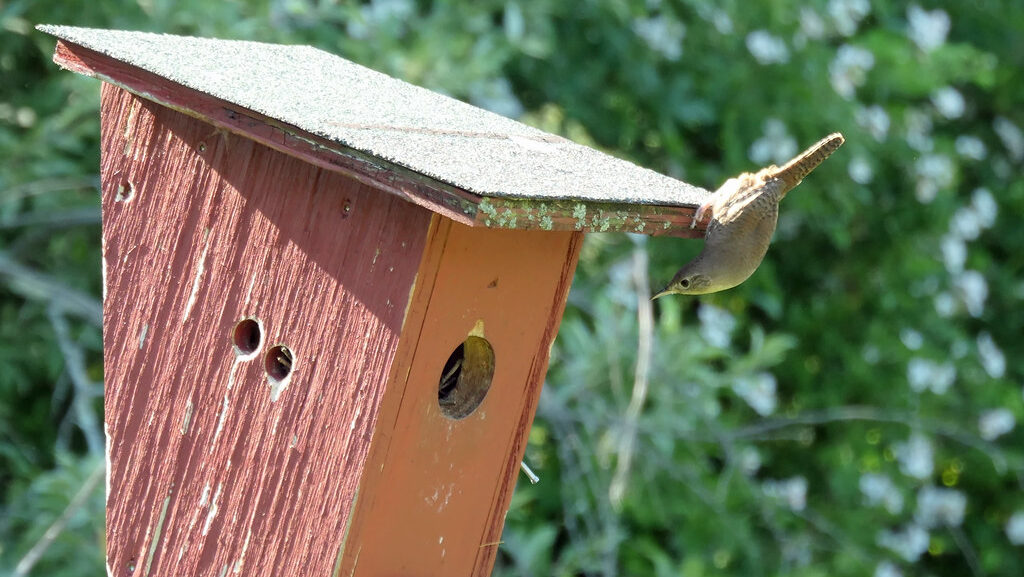
The location of your wren nesting box dramatically affects its occupancy rate and the safety of its future inhabitants. Mount the box on a tree, post, or building at a height of 5-10 feet above ground level, which balances accessibility for monitoring with protection from ground predators. Position the entrance hole facing away from prevailing winds and direct afternoon sun to maintain comfortable interior temperatures during hot summer days. Ensure there is a clear flight path to the entrance without immediate obstructions, but with nearby shrubs or branches within 10-15 feet that provide perching spots and cover from aerial predators. Wrens appreciate having multiple nesting options, so consider installing two or more boxes spaced at least 10-15 feet apart throughout your yard to increase the likelihood of attracting breeding pairs. Remember that male wrens often build several “dummy nests” before the female selects one, so don’t be discouraged if some boxes contain partial nests that are never completed.
Predator Prevention Techniques
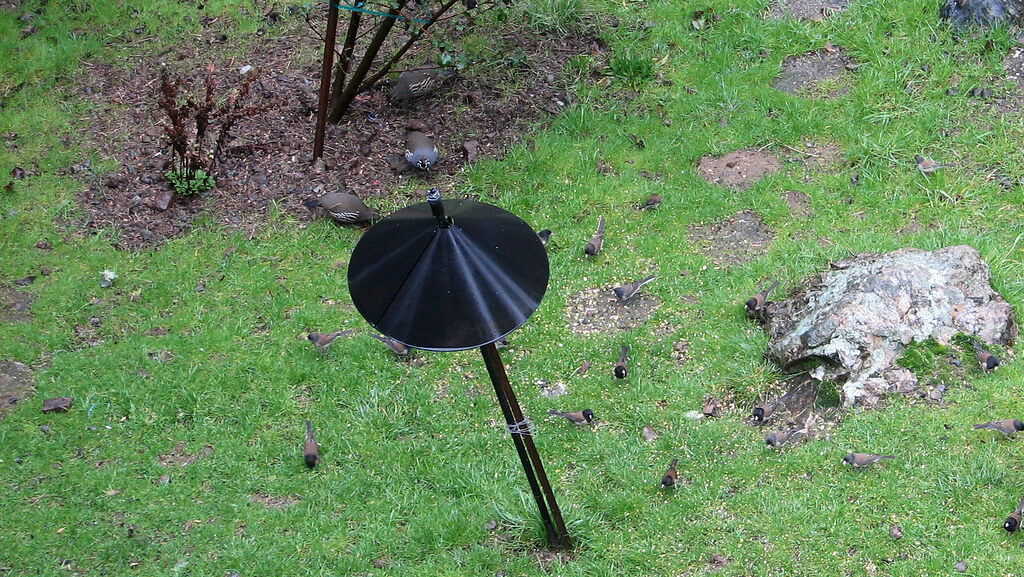
Protecting wren nests from common predators requires thoughtful preventive measures integrated into your nesting box design and placement. Install a predator guard—a cylindrical metal baffle at least 8 inches in diameter—around the supporting pole to block climbing predators like cats, raccoons, and snakes from reaching the box. Position the nesting box away from horizontal surfaces that could provide jumping access points for predators. Consider adding an extended entrance tube (about 1-2 inches long) to the hole, which makes it harder for predators to reach inside with their paws or beaks. Avoid placing boxes near bird feeders, which can attract jays, crows, and other potential nest raiders, or near dense brush that might harbor predators. Regular monitoring from a respectful distance using binoculars can help you identify and address potential threats before they impact nesting success.
Timing Your Installation for Spring Arrivals
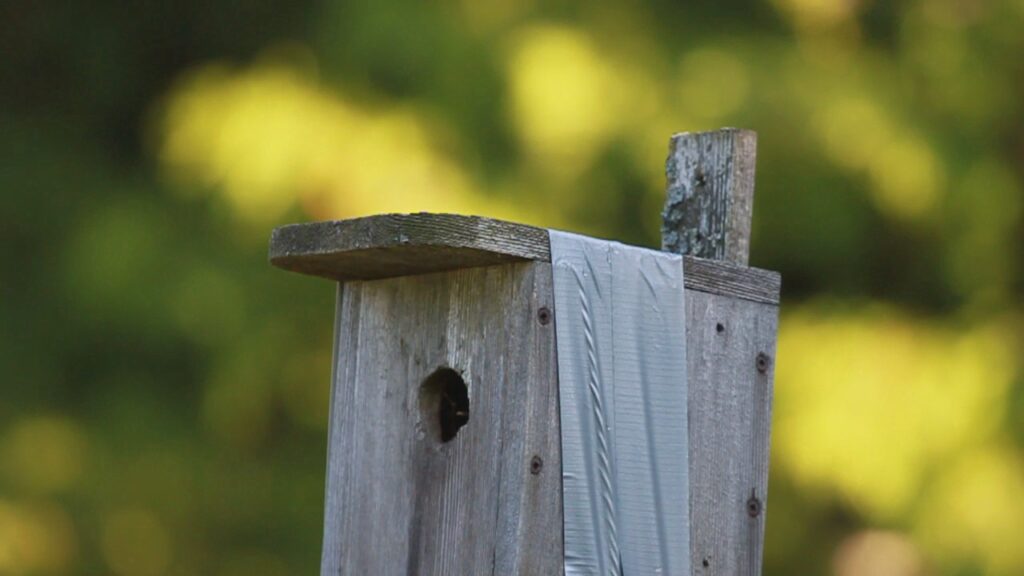
Installing your wren nesting box at the optimal time maximizes the chance of attracting nesting pairs during their breeding season. House wrens typically return to northern regions between late April and early May, while year-round resident species like Carolina wrens may begin nesting activities as early as late February in southern regions. Ideally, install your nesting boxes 2-4 weeks before the expected arrival of migratory wrens in your area, giving the birds time to discover and evaluate potential nesting sites as they establish territories. This early installation also allows the wood scent to dissipate and weathering to occur, making the box appear more natural and therefore more attractive to cautious birds. If you miss the early spring installation window, don’t be discouraged—many wren species produce multiple broods throughout the season, so later installations can still attract nesting pairs for second or third breeding attempts.
Monitoring Without Disturbing
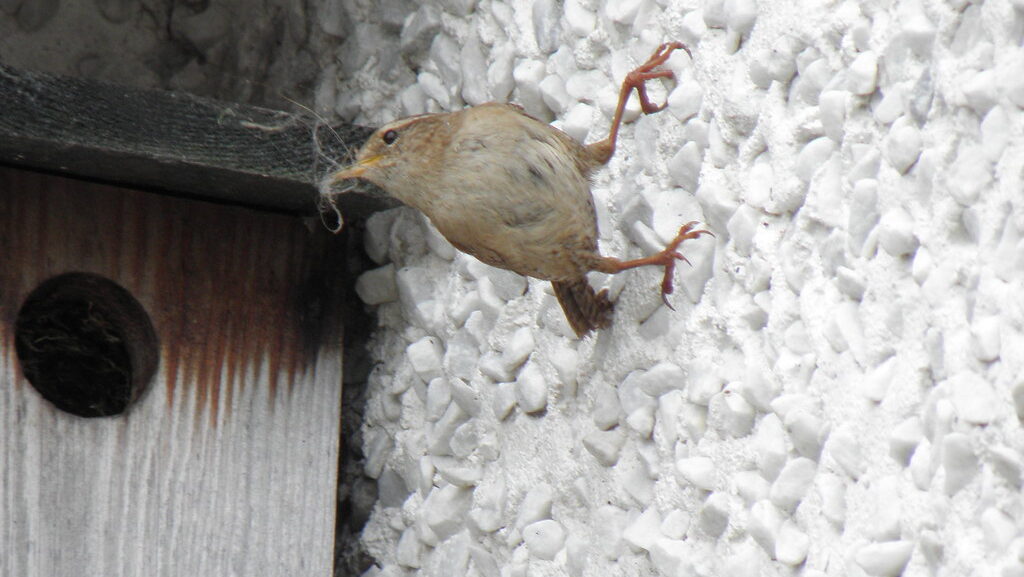
Observing wren nesting activity provides fascinating insights into avian behavior while allowing you to ensure the box remains safe and functional. Establish a consistent observation routine using binoculars from at least 30 feet away, noting behaviors like nest material transportation, feeding visits, and eventually fledgling activity. During the active nesting period, limit direct box inspections to prevent abandonment, particularly during egg-laying and early incubation when wrens are most sensitive to disturbance. If inspection is necessary due to concerns about predators or box damage, conduct it quickly during mid-day when adult birds are likely to be foraging rather than brooding. Keep detailed notes of key events—first nest material, egg-laying timing, hatching evidence (increased feeding trips), and fledging dates—which can contribute valuable citizen science data to ornithological research organizations like NestWatch while helping you refine your box design and placement for future seasons.
Proper Maintenance Between Seasons
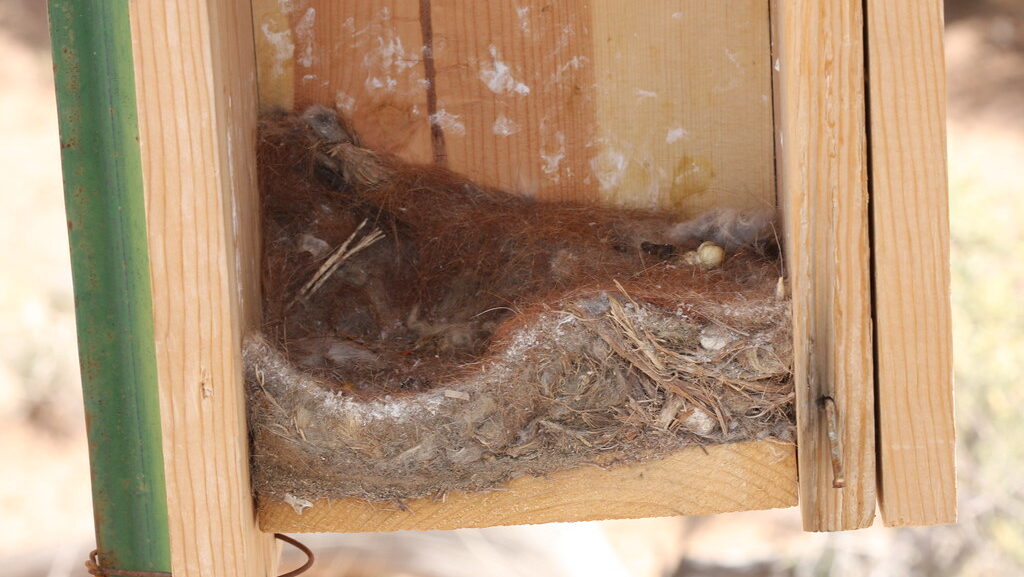
Maintaining your wren nesting box between breeding seasons ensures its longevity and continued attractiveness to returning birds. Once the breeding season concludes and you’re certain all nestlings have fledged, typically by late August or early September, remove and dispose of old nesting material to eliminate parasites that could affect future broods. Clean the interior surfaces with a mild solution of one part bleach to nine parts water, scrubbing gently to remove droppings and debris, then rinse thoroughly and allow to dry completely before reassembling. Inspect the box for structural damage, particularly checking for water damage, loose joints, or enlargement of the entrance hole from predators or woodpeckers. Make any necessary repairs and consider applying a fresh coat of water-based exterior paint or sealant to the outside surfaces only, avoiding the entrance hole and interior. While some experts recommend removing boxes entirely during winter in harsh climates, others suggest leaving them in place as they may provide valuable winter roosting sites for chickadees, nuthatches, or even overwintering wrens.
Creating a Wren-Friendly Habitat Beyond the Box
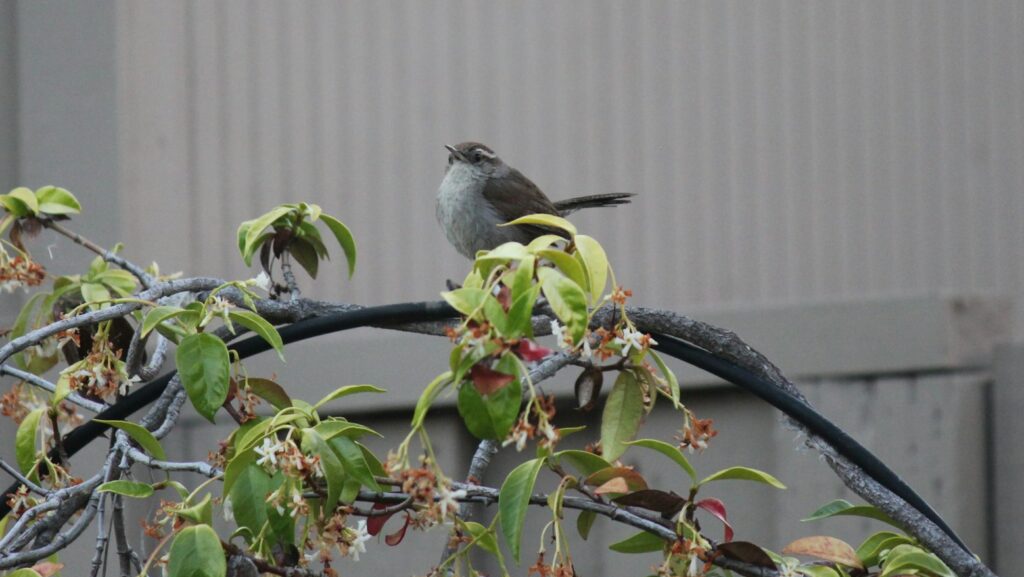
A successful wren nesting program extends beyond simply providing a well-designed box, encompassing the surrounding habitat that supports these birds throughout their breeding cycle. Maintain diverse native plantings that provide natural food sources through the insects they attract, with particular emphasis on native shrubs, wildflowers, and grasses that produce minimal pesticide requirements. Ensure a reliable water source is available nearby, such as a shallow bird bath or small water feature with gradually sloping sides for safe access. Create brush piles using fallen branches and garden trimmings, which offer secure foraging opportunities and protection from predators for both adults and fledglings learning to navigate their environment. Limit the use of chemical pesticides and herbicides in your yard, as these can reduce insect populations vital to wren diets and potentially cause direct harm to the birds through bioaccumulation or contaminated food sources.
Documenting Your Wren Nesting Success

Recording the occupancy and breeding outcomes of your wren nesting boxes provides personal satisfaction while contributing valuable data to our understanding of bird populations and behaviors. Maintain a dedicated journal documenting key milestones such as box installation date, first wren sightings, nest building activity, estimated hatching dates based on adult feeding behavior, and eventual fledging events. Photograph the progression when possible without disturbing the birds, using a telephoto lens from a respectful distance to capture behaviors and development stages. Consider participating in citizen science projects like the Cornell Lab of Ornithology’s NestWatch program, which collects standardized observational data from volunteer monitors across North America to track reproductive trends and success rates. Sharing your experiences and data through local birding groups, social media, or community workshops can inspire others to create wren-friendly habitats, expanding the positive impact beyond your own property.
Turning Your Wren Project into an Educational Family Activity
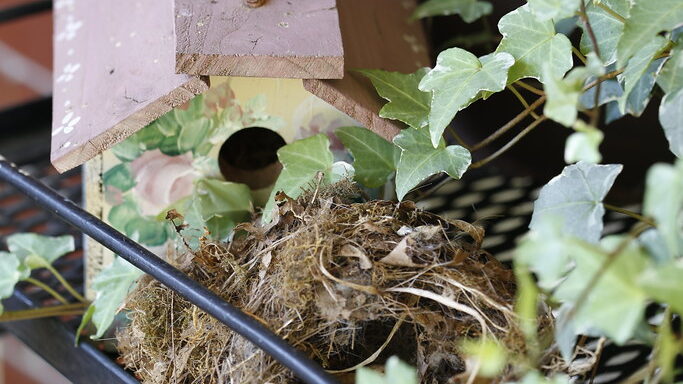
Building and monitoring wren nesting boxes offers excellent educational opportunities for children and adults alike, fostering connection with nature and teaching valuable conservation concepts. Involve family members in the construction process, assigning age-appropriate tasks such as measuring, sanding edges, or decorating the exterior with natural, non-toxic paints. Create a family observation log where everyone can record their sightings, encouraging regular “wren watching” sessions during which you discuss behaviors observed and changes noted since previous observations. Incorporate research activities by consulting field guides, online resources, or local ornithologists to learn more about wren species, their songs, behaviors, and ecological roles. Expand the educational value by exploring related topics such as insect identification (wren prey items), seasonal migration patterns, or the physics of bird flight, turning your wren project into a multidisciplinary learning experience that nurtures environmental stewardship across generations.
Conclusion
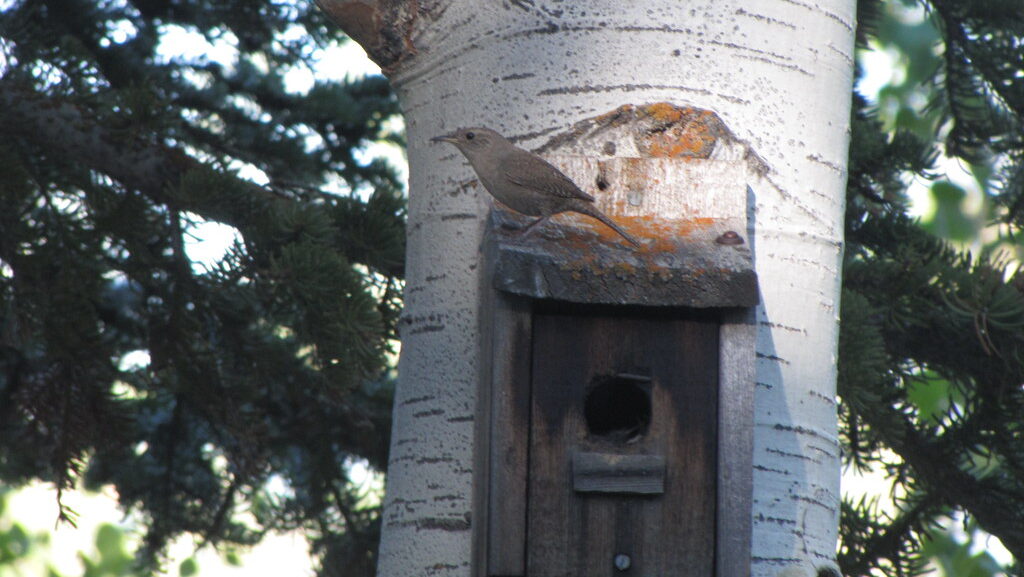
Spring brings countless opportunities to connect with nature, but few are as rewarding as creating a safe haven for nesting wrens. By investing time in building a properly designed nesting box and positioning it thoughtfully in your yard, you’re not only enhancing your property with the delightful presence of these charismatic birds but also making a tangible contribution to wildlife conservation. As you observe wrens taking up residence, constructing intricate nests, and eventually raising their young, you’ll gain a front-row seat to one of nature’s most fascinating life cycles. The benefits extend well beyond the joy of observation—your garden will thrive with natural pest control, local biodiversity will strengthen, and you’ll foster a deeper appreciation for the complex ecological relationships that sustain our shared environment. This spring, embrace the opportunity to become a steward for these remarkable birds through the simple act of building them a home.
